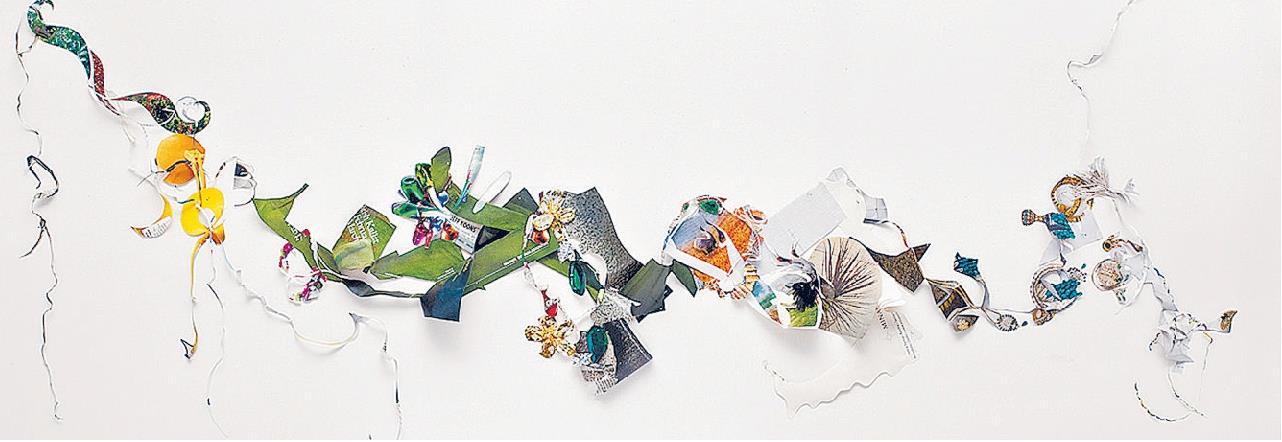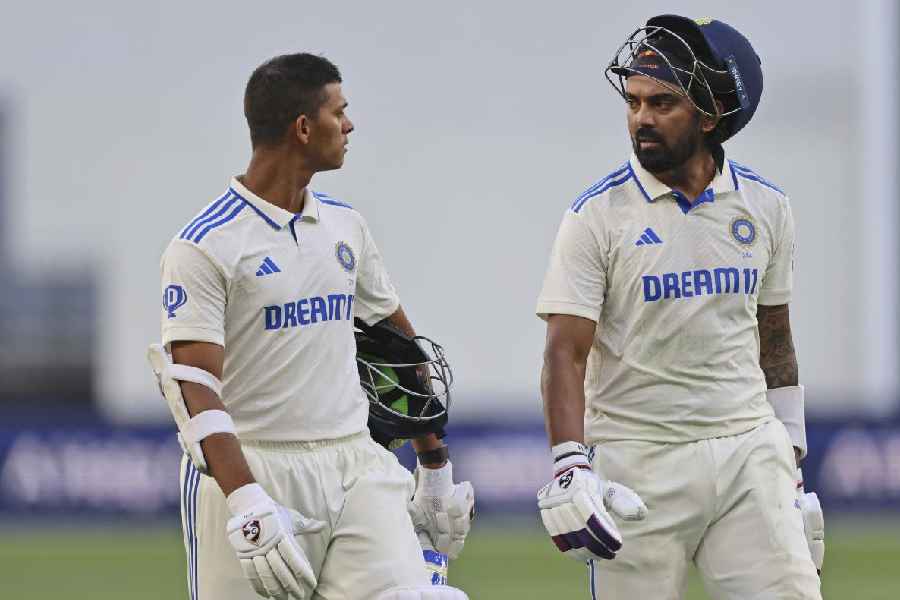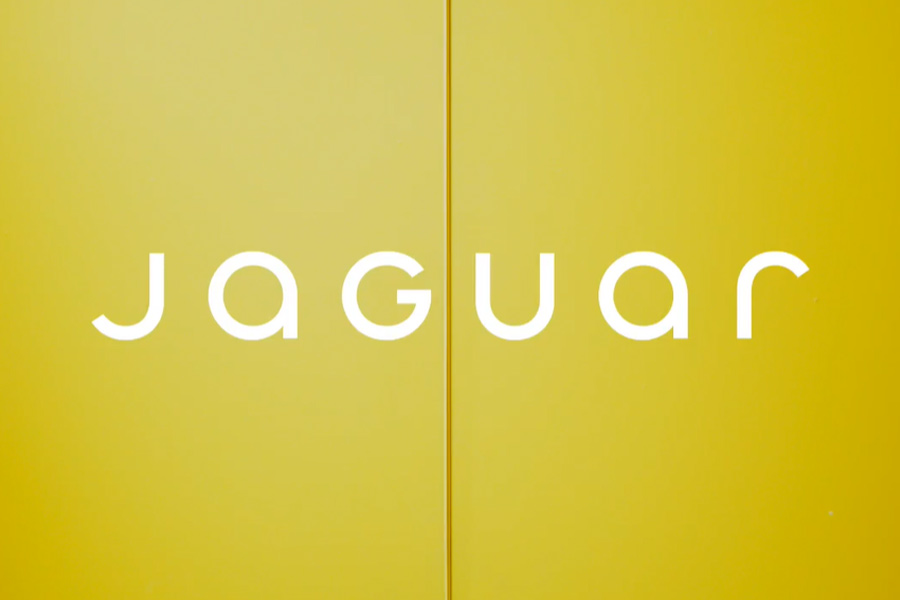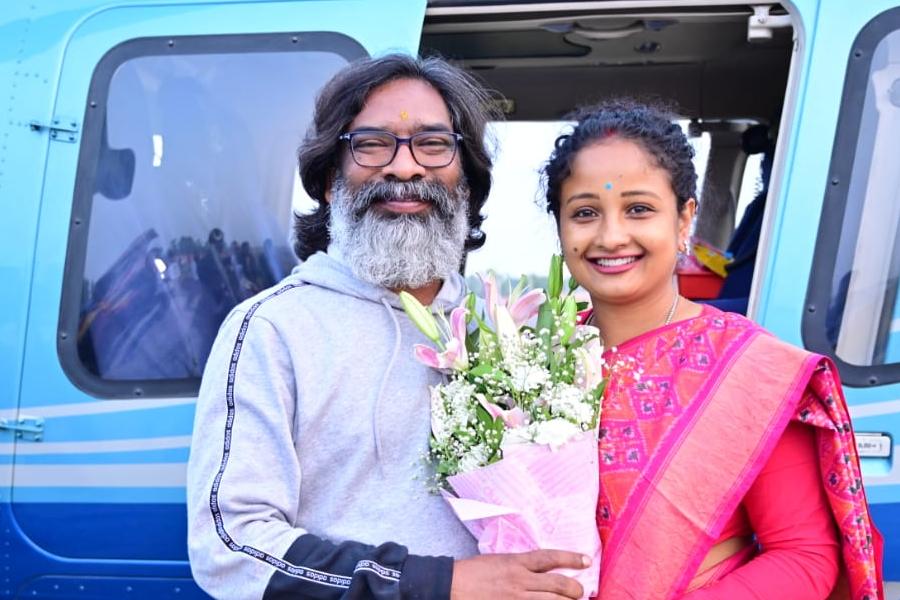The second part of my art story begins after I started my interiors shop called Sugar Cane, selling cane furniture from the Andaman Islands and Calcutta.
I redesigned the cane furniture as indoor furniture. I was asked by the Design Council of the UK to enter the furniture for an award, but unfortunately it was disqualified as it was manufactured in India. During this time I went back and forth to Calcutta, but also travelled to Kerala. Whilst there, I had a sudden revelation that everything in the world was connected.
I came to this conclusion after I travelled all over India and saw life being lived today as for centuries if not thousands of years. I came to see everything in nature repeating and reflecting itself and that there was pattern everywhere.
Mandelbrot discovered that indeed even in seeming randomness like cloud formation or branches in trees there is pattern. He called this discovery 'fractals'.
After five years my partner and I split up and I decided to leave the business. After this I did do some fashion for a company called BOY. However, I started having very bad back pain, which I ignored at first, but eventually went to see John O'Brien (the best back surgeon in the world known to all as Jack-the-Back), who told me I had a slipped vertebra and I should have a double fusion operation. Otherwise I could be paralysed. I decided to have the operation, which was very serious but ultimately successful.
I could barely walk for a year, but when I was able to, I suddenly started making a large new work entirely abstract and made of paper! I have no idea how this huge change came about, but my intuition was that I had been virtually cut in half and somehow it led me to start a cutting art! My pictures are a balancing act in effect as I shift and move around shapes until I am happy with them. All my forms are cut from magazines and papers. I then twist and turn paper into 3D shapes. The shapes are glued onto paper or canvas and then boxed. I called my first picture Fractism after Mandelbrot! After a couple of years at home I took a big studio in Holland Park where I worked every day for three years and produced 300 pictures.
It was as though being close to death, I had a huge rebirth.
I don't think I would have invented my style if this unfortunate illness and recovery hadn't occurred.
My mother, who had returned to Calcutta and remarried, became ill with cancer and died in London. I went back to Calcutta to deal with the probate and her effects. I was offered an exhibition at Studio 21, an offshoot of CIMA.
I had by now rented a flat in South City where I produced a lot more work. This was followed by a large solo show at Ganges Gallery that was curated by Anirudh Chari, who recreated part of my studio as a huge installation illustrating my low-tech way of working, with babyscissors, dress-makers' pins and glue, and the floor strewn with papers and magazines.
I met the art historian Natasha Eaton of UCL, who was researching her book Mimesis across Empires, subsequently published by Duke University Press. I invited her to the Ganges show after which she wrote a review of my work that probably analysed it better than I could.
I also had perceptive reviews from Calcutta critics. I was hugely pleased and relieved that these critics understood my work, as in the UK everyone was baffled. The Bruno gallery in Singapore also showed my work. Reimar Volker, director of the Goethe Institute in Calcutta, bought a large work.
Years ago, in a large exhibition at the Royal Academy in London called 'Sensation', I had the shock of my life when I saw a photo of myself aged 16, included in an artwork called 'The God Lookalike Contest' by Adam Chodsko! It was owned by Charles Saatchi.
Finally, the UK art world appears to be less baffled as one of my paperworks has been accepted for this year's Royal Academy Summer Show.
The artist's work can be seen on: anitagopal.com anitagopal.uk.











